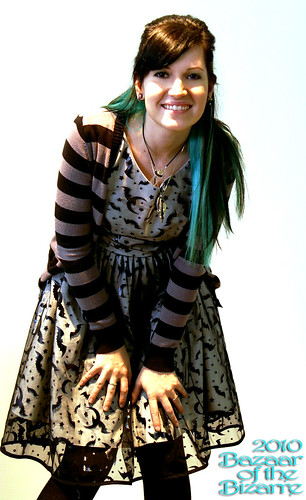 "Chemical" has become a bad word when you're talking about bath & body lately. Activist groups, fear mongers, and marketing agencies have done a really good job to get everyone shaking in their boots over this word. Often, when you here about a "chemical" or "chemicals" being used in reference to a product the advice is to avoid it before it kills you and your family. You've probably seen or heard this strategy again and again. Now don't get me wrong, I'm all for natural, handmade ingredients but I'm fully aware that they have chemicals! (explained below).
"Chemical" has become a bad word when you're talking about bath & body lately. Activist groups, fear mongers, and marketing agencies have done a really good job to get everyone shaking in their boots over this word. Often, when you here about a "chemical" or "chemicals" being used in reference to a product the advice is to avoid it before it kills you and your family. You've probably seen or heard this strategy again and again. Now don't get me wrong, I'm all for natural, handmade ingredients but I'm fully aware that they have chemicals! (explained below). There are clearly some chemicals out there that we should steer clear of, but picking products by "all natural" vs. "synthetic" ingredients isn't a hard and fast rule to shop by. Unfortunately, it will never be that simple no matter how much fear mongers would like you to believe this!
A recent campaign on the web has used the "beware of chemicals" scare tactic by stating that the average woman uses more than 515 chemicals on her face daily (and of course implying that this is extremely dangerous). This is a low blow tactic preying on the general publics lack of knowledge about what the real story behind chemicals are.
A recent campaign on the web has used the "beware of chemicals" scare tactic by stating that the average woman uses more than 515 chemicals on her face daily (and of course implying that this is extremely dangerous). This is a low blow tactic preying on the general publics lack of knowledge about what the real story behind chemicals are.
So what's the real story?
A handmade natural lavender soap bar is considered all natural by most people but did you know that all natural products contain more chemicals than any other products because they are so complex? It's true! Synthetic ingredients usually only have a handful of compounds in them, because they can be created that way (in a sterile lab environment). Natural ingredients are derived from living organisms (like plants and flowers) and are inherently complex. In fact, parsley is made up of at least 204 different compounds, and many essential oils are composed of hundreds of compounds. I'm pointing this out because simply stating that a product has "chemicals" is actually just stating the obvious - of course they have chemicals!
Don't be one of the many consumers who have had the wool pulled over their eyes by assuming that "chemical" is a bad word. Of course TOXIC chemicals are bad, that's a whole other issue, and unfortunately I've found that many people associate ALL chemicals with TOXIC chemicals which is a huge mistake. Even worse is that activist groups have taken this association and ran with it in their campaign for the SCA.
What this has to do with SCA & My opposition to it....
As defined by Wikipedia, “The precautionary principle states that if an action or policy has a suspected risk of causing harm to the public or to the environment, in the absence of scientific consensus that the action or policy is harmful, the burden of proof that it is not harmful falls on those taking the action”.
I'm sure you've already realize the connection... get fear mongers to scare people enough and they will create a law to back up their bogus claims. Simply take the public's general idea about chemicals (that I reviewed above) and I'm sure you can see where I'm going with this. Can you imagine using the precautionary principle and testing all the 240 chemicals found in rosemary? It could not be done.... and really doesn't NEED to be done. Natural ingredients like lavender and rosemary have been used safely in bath & body products for centuries - why would anyone want to make it harder to create natural products? I can hazard a pretty good guess and I'm sure you know why too.
In fact, if we all lived by the precautionary principle, we'd never leave the house let alone drive cars, fly in airplanes, cross the street, or even take a bath!! In my opinion, fife is way too short to jump on the fear mongering band wagon!



















No comments:
Post a Comment